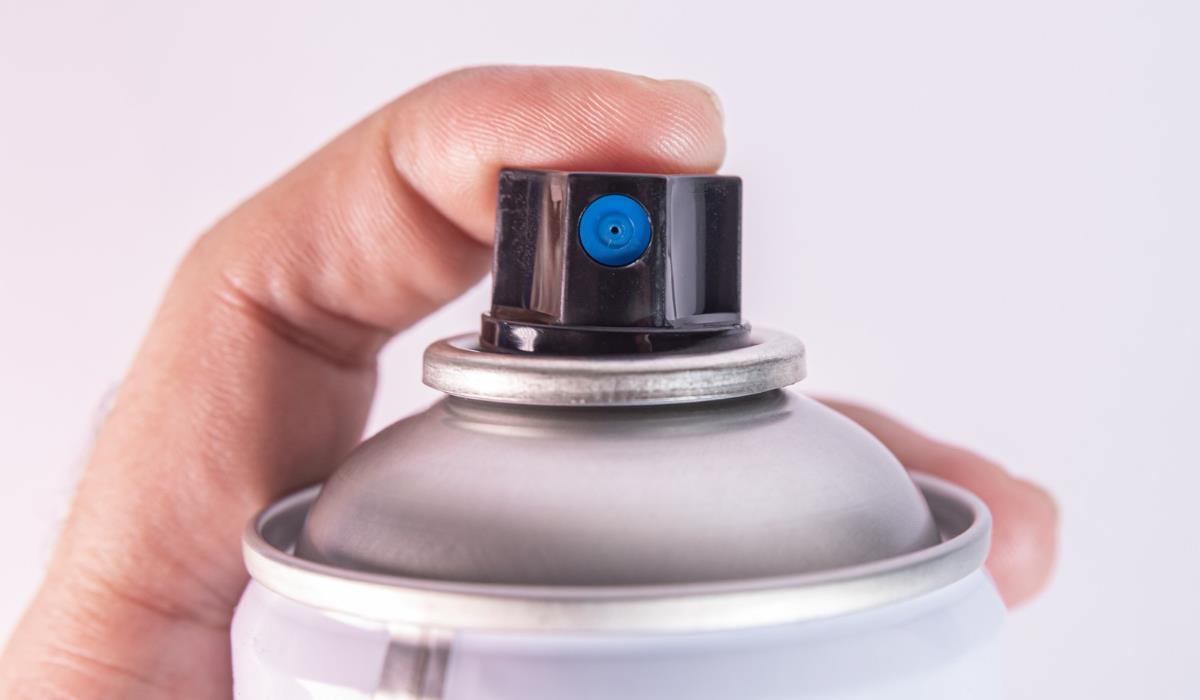Expandable foam is a substance used to fill gaps. While many problems require contact with a specialist, others only require the use of expandable foam. Expandable foam is a revolutionary product that can be used by anyone. It has many uses, but as with any chemical, proper precautions are important.
Expandable foam is designed to be applied as a liquid that expands as it dries, expanding its volume tens or hundreds of times its original size. Foam comes in a variety of shapes and sizes, but is usually found in cans with spray nozzles. This makes it easy to apply expandable spray foam anywhere because the nozzle is very small, like a coffee/straw stirrer. Expandable foam is a wonderful invention that has been helping contractors and DIYers around the world for decades.
Expandable foam – three main types available on the market:
High density
High-density expandable foam is strong and dense. Perfect for sealing roofs to protect against water and air. In addition, it is perfect for outdoors and is resistant to weather conditions, which cannot be said about the lighter densities of expandable foam. It can also act as an insulating layer that is thin but not thick. This type of foam is the heaviest when cured, weighing kilograms per cubic meter, while lighter versions weigh two kilograms or less.
Medium density
Medium density foam also acts as a good barrier against water vapor. It’s a great option if you don’t know what to pick because it’s thick but expands quite a bit. It is most often used in underfloor spaces. Medium density foam is very durable as it is not too dense to break but not too flexible to tear. It’s always a sure choice, which is why it’s so popular. You can’t go wrong.
Low density

Low-density foam blocks air well, but not moisture. This is because it is a spongy foam that expands a lot but is of low density. Inside the foam there are bubbles that keep it very light. Thanks to its lightness and porosity, it perfectly fills open spaces and can act as an insulator. Denser foams are too heavy for this purpose, so different types of expandable foam are needed.
Tips for using expandable foam
Learning what can and cannot be done with spray foam is crucial if you plan on using it. Here are the things you can do with expandable foam and some tips to help you get it right from the start.
Check the quality
Although it may not seem like it, expandable foam is similar to food. It’s not that you can eat it, but that it also has a shelf life. There should be an expiration date on the bottom of the can, which tells you when to throw it away. Check the expandable foam before buying it to make sure it is suitable for long-term use. Then, if you keep it, check it every time before opening it. If the foam has expired, dispose of it properly.
Trim or dissolve excess
There are two ways to get rid of excess expandable foam, but you should only do this after the foam has dried. If you try to do this while it is drying, it will flake and create a mess, similar to wiping off syrup and toothpaste. Instead, wait for it to dry and either trim the excess with a utility knife or use a solvent. You can buy a special product for this purpose or use something like nail polish remover, which is acetone, which is very strong.
Stabilizing the battery

You can use expandable foam to stabilize faucets and showers. If there is a gap, start there and remember to trim the excess. If there is no gap, you can open a cupboard or wall and apply it there. You shouldn’t need a lot of foam, you don’t want to overdo it and make a mess. All you have to do is fill any gaps and glue it in some way so that it doesn’t vibrate or leak when the water drains.
Insulating the water supply system
You can successfully use expandable foam to insulate plumbing as opposed to electrical. Since the foam does not interfere with the pipes, you can spray it around the pipes and it can be really beneficial. Insulating pipes with expandable foam can help prevent water from freezing. This is one of the reasons why expandable foam is so often used in underfloor spaces. It is a great insulator and is safe to use.
Wet the area
Wet the area before and after you start. Don’t over-soak it, but make sure it’s slightly damp so that the process goes smoothly. The foam will dry faster if the area where you apply the foam is slightly damp.
Use the gun
Of course, this is an expandable foam gun. You can buy spray foam guns that are reusable, and they make a huge difference. Manual and automatic models are available and both work amazingly well to speed up your work. They are not necessary, but they have different tips and make the work go faster. They are also reusable so you can buy cartridges over the years and if you keep your gun clean you can use it again and again.
What not to do with expandable foam

Learning what not to do is just as important as learning what to do. Here are some tips for things you definitely don’t want to do. Be careful and follow these warnings for your own safety.
Do not use expandable foam near heat sources
Never use your expandable foam near an open flame and use it carefully around any form of heat. It is very flammable, so use it with care. If using near a fireplace, make sure there is no fire. Store the can in a cool, dry place. Never store it in extremely high temperature, keep it inside if it is too hot outside as there is a risk of the can exploding and injuring people.
Do not use expandable foam around electrical installations
Do not use expandable foam around electrical installations. This is not a good idea for several reasons. The main reason is that it can get in the way. Electronic devices and electrical cords may need repair, and the foam is difficult to remove. But another reason is that it can damage the wires. The foam expands and in the process can tear the wires. This not only causes difficulties in repairing the wires, but also causes problems that need to be fixed.



